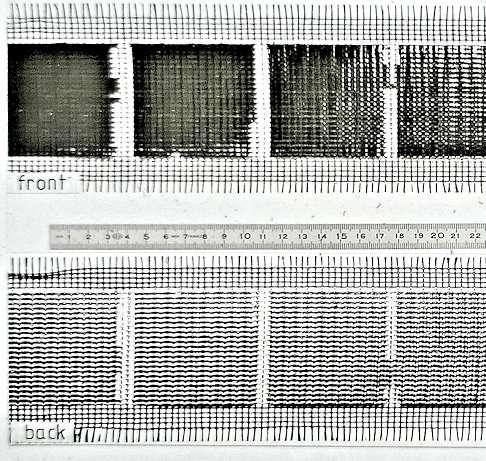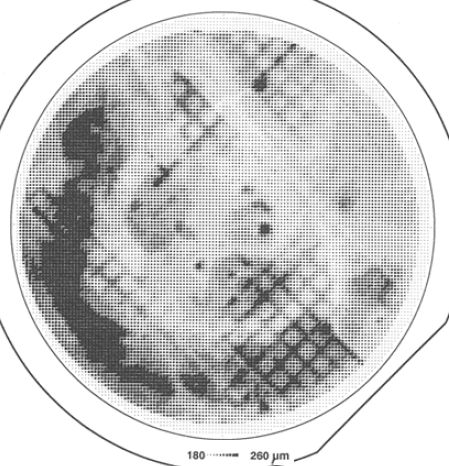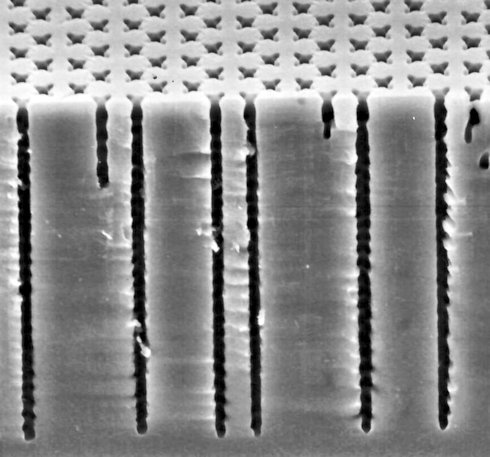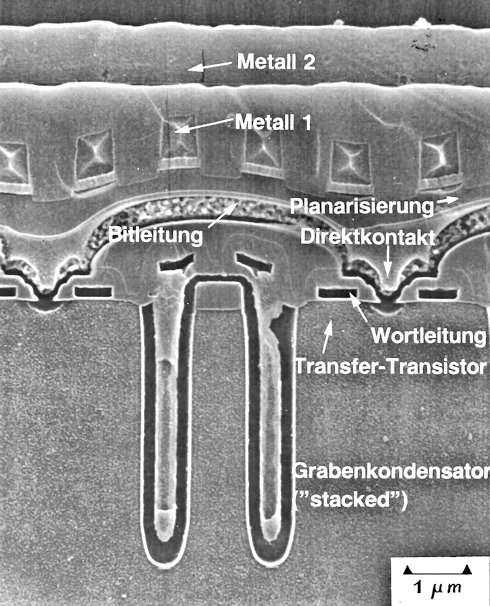1.2.4. Research at Siemens in Munich
Read the chapter for details.
A key part was a new technique for making thins Si sheets: Take a coarse net woven form purified graphite fibers and pull it through a slot in the bottom of a contained filled with liquid silicon. This is the “supported Web” or S-Web technique. Sound crazy, is crazy – but works!
Not in the way originally conceived but in variants thereof. While this (and other) techniques were developed, there was a constant need to characterize various Si samples produced in some exotic way. For doing this, I introduced my “anodized etching” which lead to a broad investigation of the geochemistry of silicon in general, with far reaching consequences for me and others.

|
| Front (top) and back (bottom) of S-Web |


